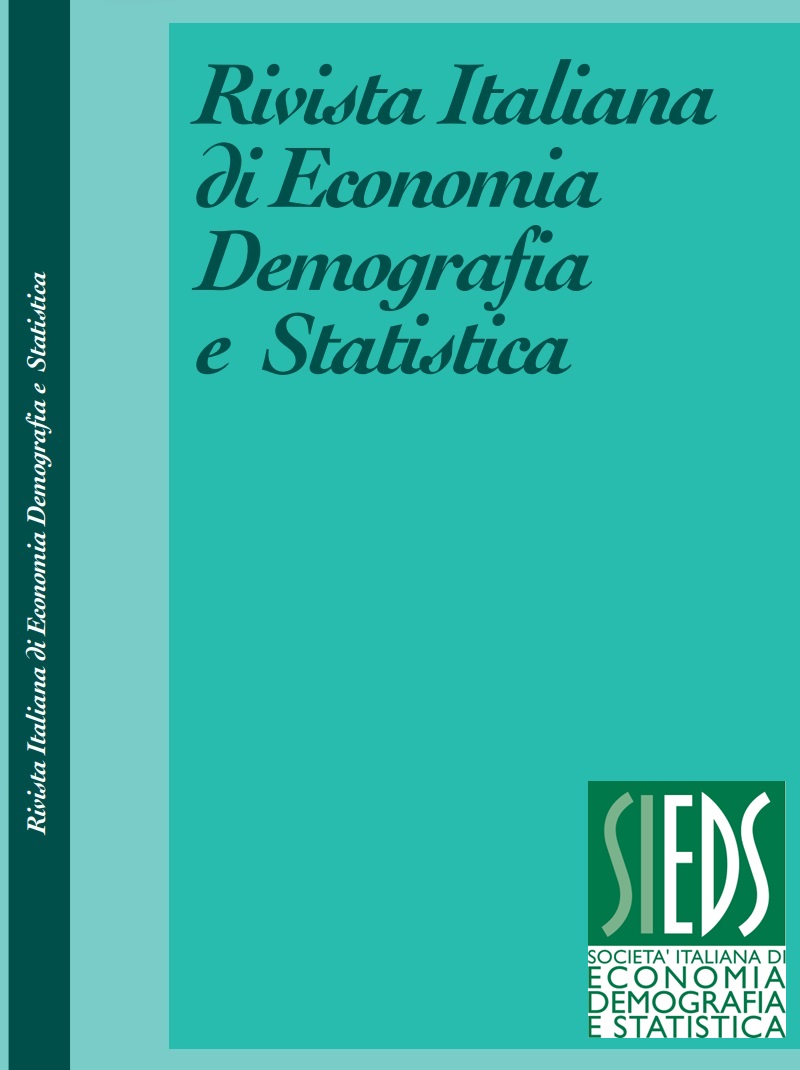Ageing and functionality in the public administration employment: a case study for the Italian municipalities
DOI:
https://doi.org/10.71014/sieds.v77i2.176Abstract
This contribution deepens the theme of functionality and performance of a key segment of Italian Public Administration represented by municipalities. In the current historical phase, the importance of cities is reiterated by the National Recovery and Resilience Plan (PNRR), since these entities hold investments for just under 30 billion euros and should demonstrate planning ability, high efficiency, and effectiveness. The first main aim of the paper is to analyze characteristics, trends, and outcomes of ageing workers on staff in the municipal administrations located in the Italian communes, a phenomenon related to a series of critical demand variables (demographic structure), service delivery (organizational models, digitalization), efficiency of provided services, degree of effectiveness associated with performance and citizen satisfaction. A multisource and integrated approach is carried out based on the following official statistics: Public Institution Census survey conducted by Istat; Personnel indicators gathered by the Annual Account of Economic and Finance Ministry; Financial Statement Indicators gathered by municipalities. The Input/Outcome model is applied, in which resources (input) should measure performance (output) and change (outcome), identifying dimensions and indicators to study the phenomenon of ageing and contraction in public sector occupancy. A multidimensional analysis at the Italian level is carried out referring to municipalities classified by territorial localization, demographical dimension, and urbanization rate. Some personnel classification variables (such as age, gender, qualification) and balance sheet indicators have been elaborated to evaluate short term output and medium-long term outcome in municipal administrations. The results of this study highlight areas in which reactions to demographical and technological transformations in terms of organizational strategies reach critical values and those ones in which advantages could be found. Some diachronic indicators are compared according to age, gender, and qualification for employment in the municipal administration at the commune level. Some data about qualification will allow to discover educational mismatches (cases where local administrations are covered by undereducated or overeducated personnel).
Downloads
Published
Issue
Section
License
Copyright (c) 2023 Anna Pia M. Mirto, Francesco Gaudio, Francesca Abate

This work is licensed under a Creative Commons Attribution 4.0 International License.



